Lurking
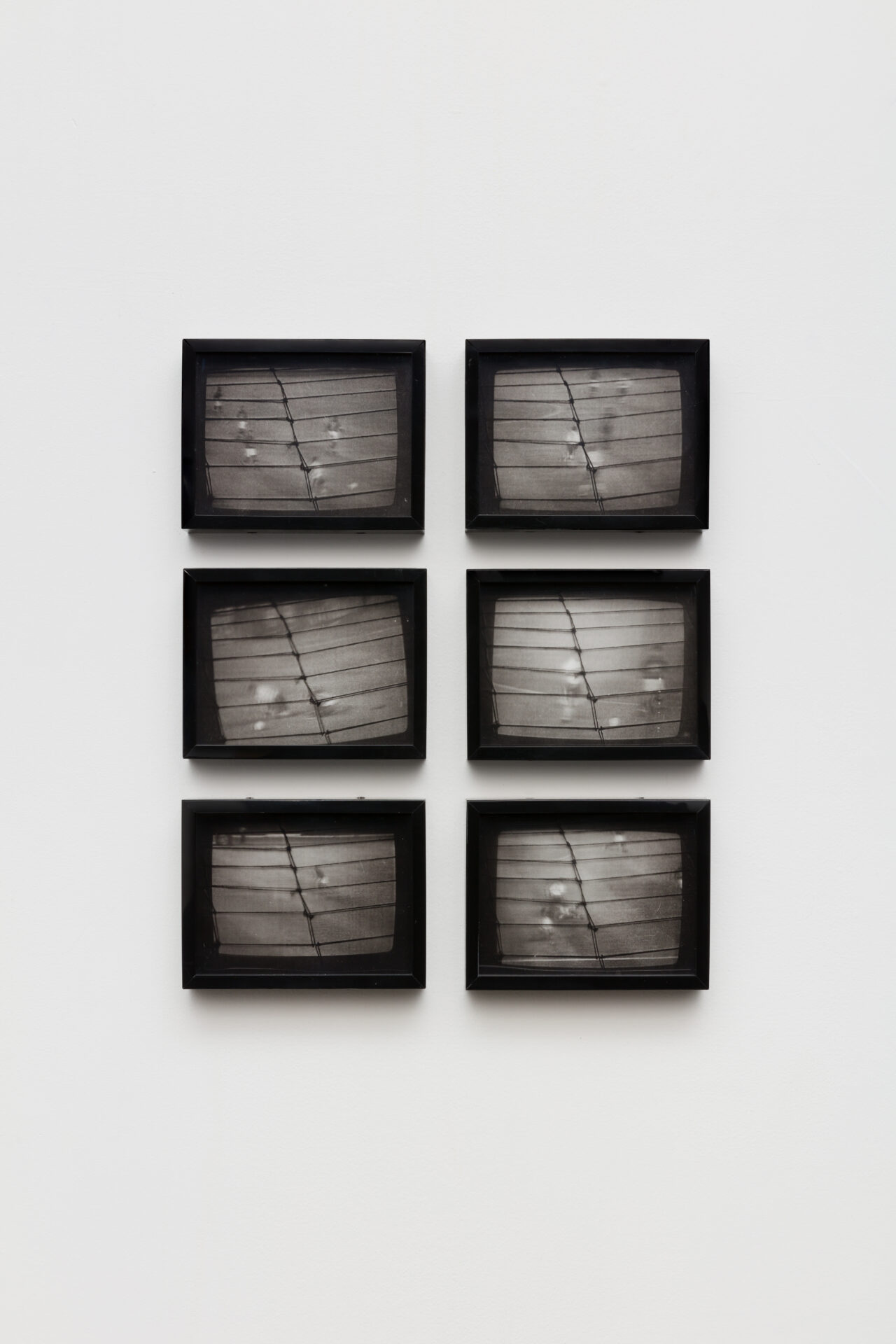
Football – Polyptych of 06
, 2008Memories for Forgetfulness
Sometimes memory and image, experience and dreams, gesture and word are confused. The war narrated by the family, the imperfect escape, the boats waiting in the port, the arrival in a place where speech is unknown… image. The planes falling, the divers jumping almost in sync, the twisted politicians on the television screen. Image.
In this case, possibly, those who listen attentively to the stories told -even without ever experiencing the obstacles experienced- are very similar to those who look attentively through the window, be it a concrete gap open to the world or a box for receiving images.
“No birds cross, no dogs bark. We are here and not there, maybe we feel relieved; even though this “there” is in immediate proximity, even though the sounds of guns that we hear right here around us are confused with those broadcast live on TV,” writes curator Marisa Flórido Caesar.
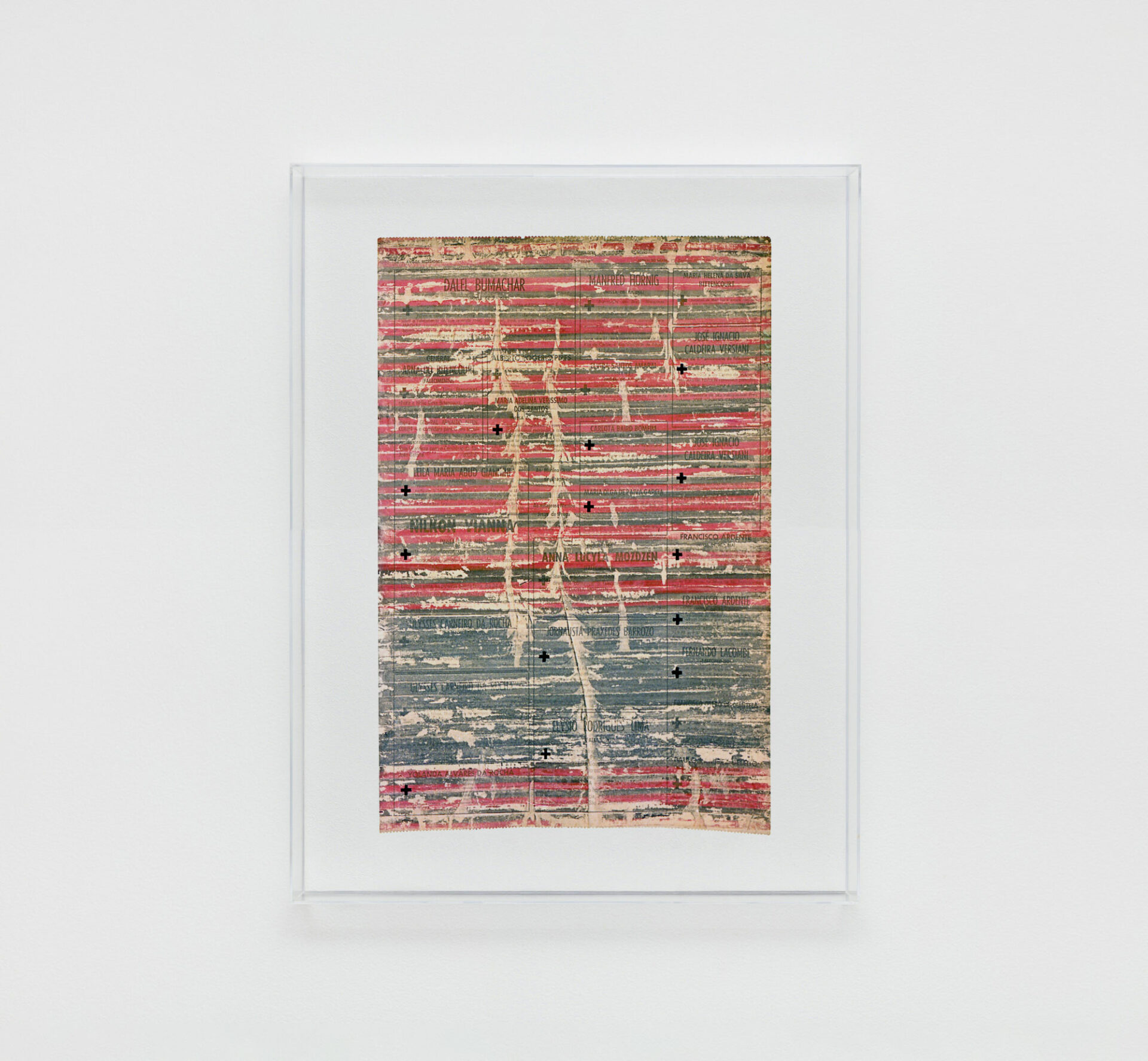
Warnings
, 1970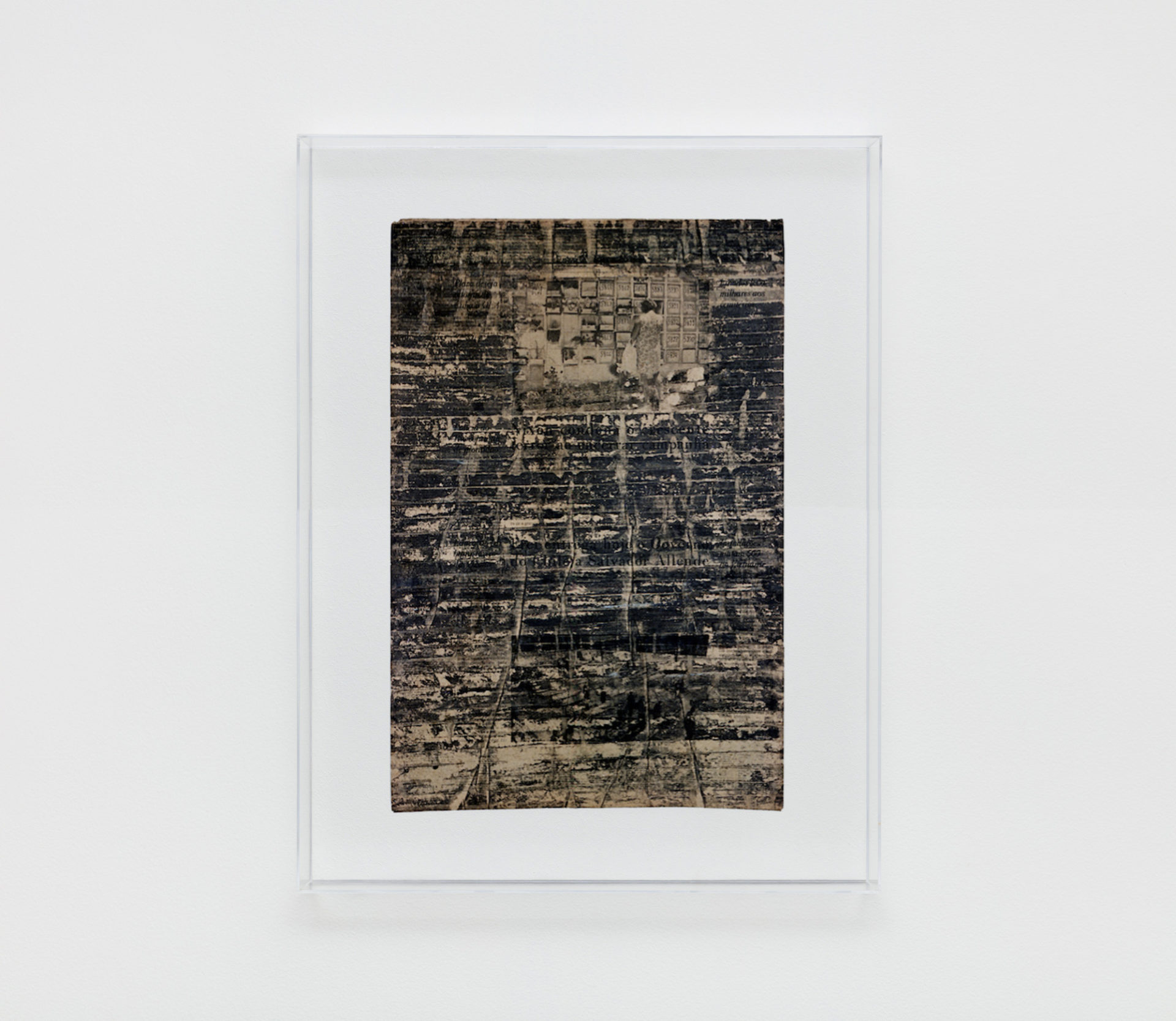
Morto Anônimo
, 1970
Mobilização
, 1970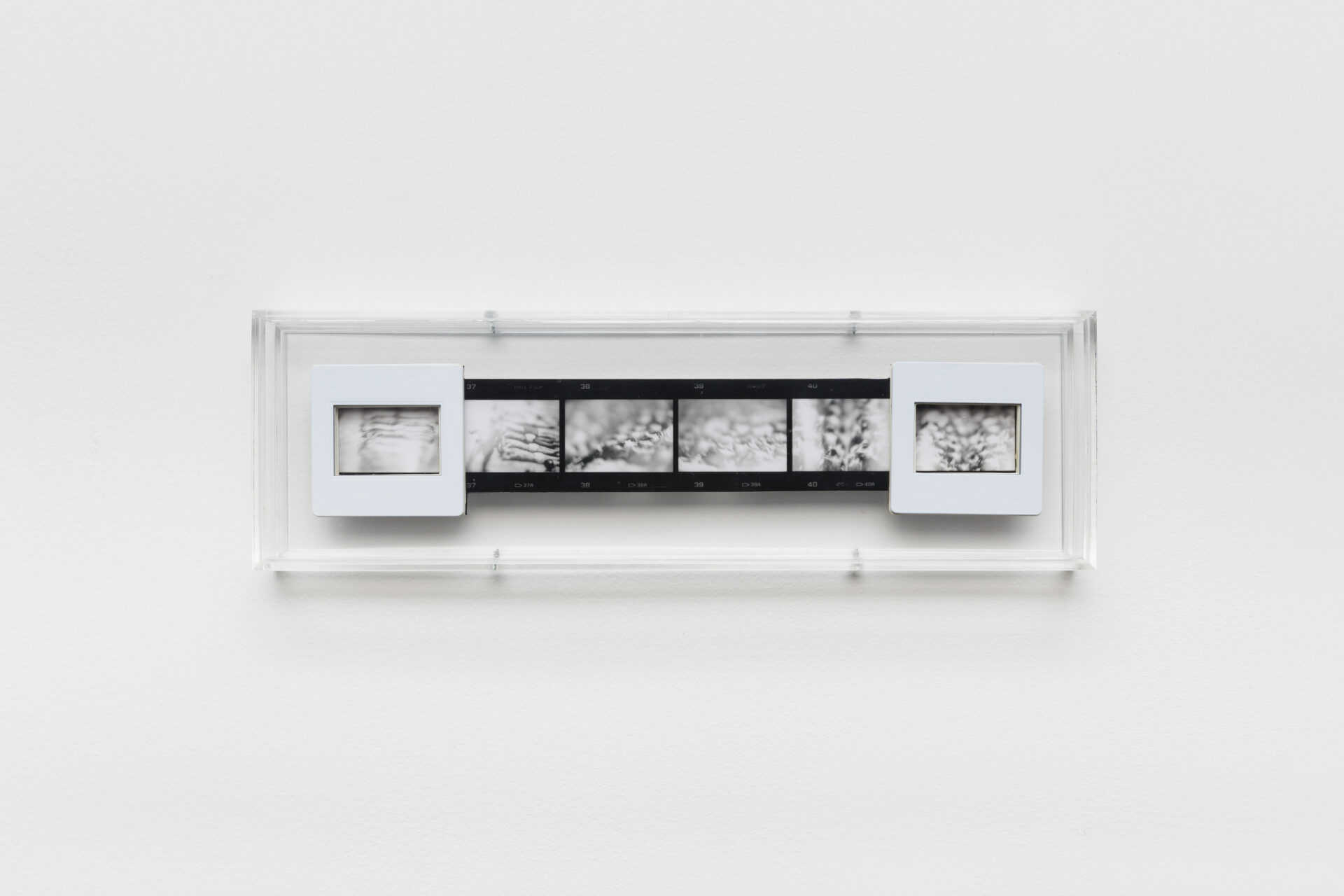
Barbárie versus contatos I
, 1990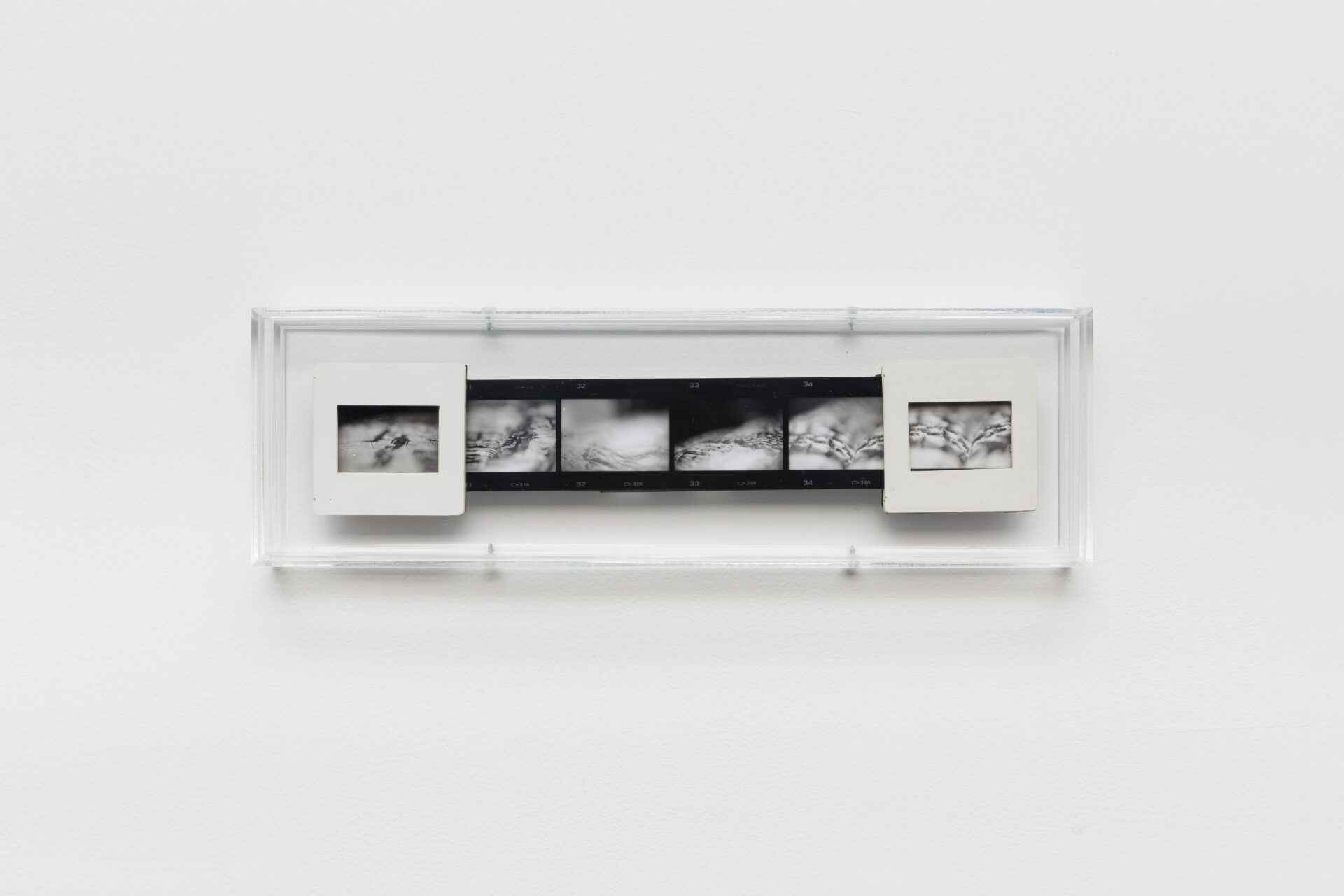
Barbárie versus contatos II
, 1990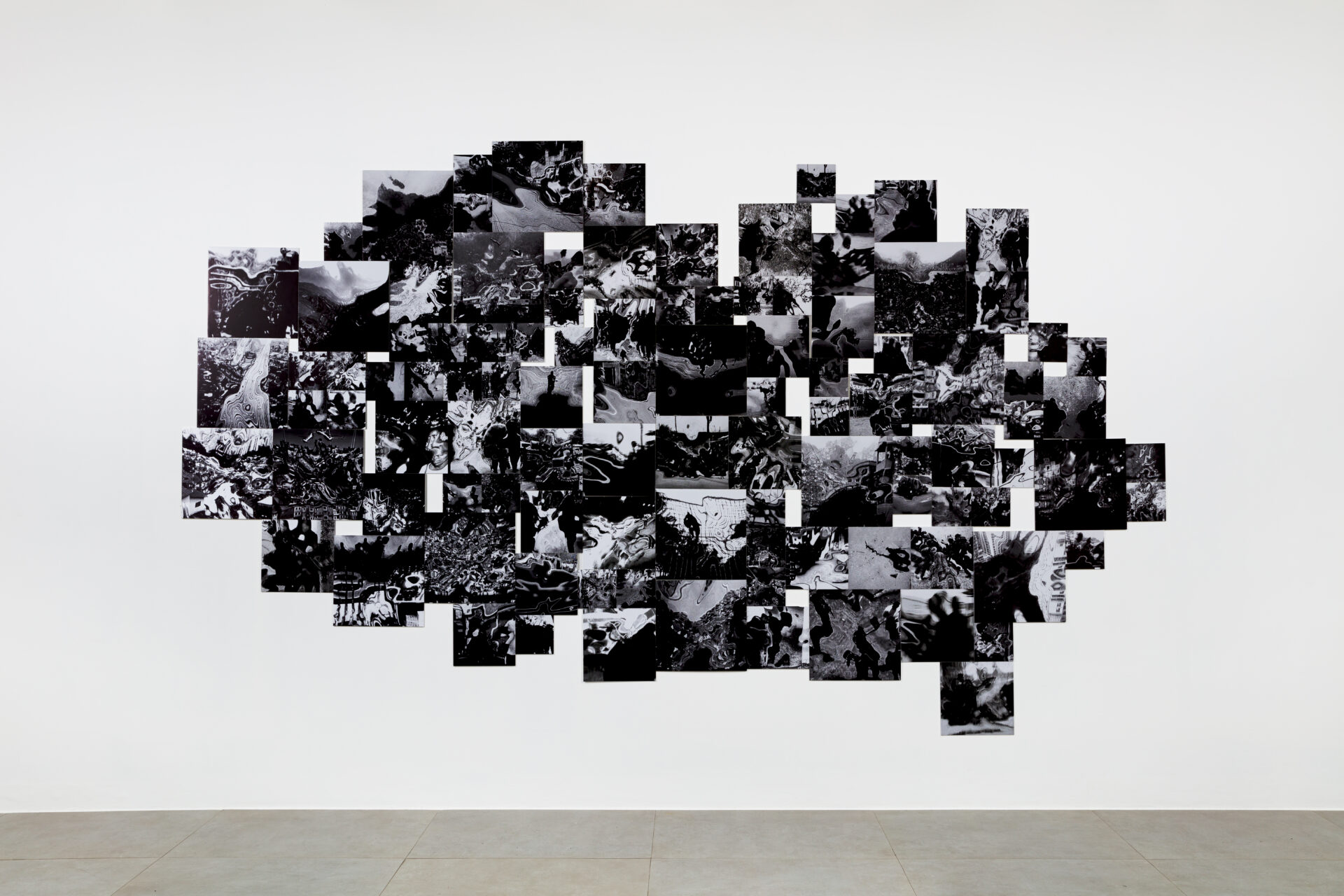
Atalhos e Desvios
, 2011Even if we are submerged in photographs every day, there is always something that is hidden from our eyes. The camera promises to immortalize the moment, but the instant slips away with time, escapes from the frame that wants to be history, but manages to return, manifests itself between what is seen and what is hidden. Daughter of Lebanese immigrants, in 1966, Ana Vitória Mussi goes to Kfaraakka1, the city of her ancestors, in search of the forgotten memory and returns with boxes of negatives that have not yet been developed. For her, what is not unveiled reveals more than the obviousness of the motionless scene. What does Kfaraakka, a village of melancholy (literal translation from Arabic), set among rolls of negatives guarding secrets tell us? In the preface of the book “Memory for Forgetfulness,” by Mahmud Darwich2, the writer Ricardo Lisías, great-grandson of Lebanese, tells that in 1982, he asked about the bombings that happened again in Beirut. He did not understand his mother’s explanation, but at that very moment he understood why the oldest in the family seemed to have a hole inside. Is there forgetfulness enough for them to forget? What remains is the taste of kibbeh, the nose, the marked dark circles under the eyes, a sticker with maktub written backwards and the accent that insists on changing“p” to “b.” It is a “remake” because we are returning to what was once an image, a film of us, condemned to return by negation, from which dialectic cannot be freed.
With works from different phases of Ana Vitória’s production, “À espreita” (lurking) exposes an artist who sees through cracks and photographs everything that is hidden between seeing and not seeing. There is no longer the truth/photographic document, but its invisibility and the constant clash between reminiscence and forgetfulness. Silence. No seagulls… the image hangs on by a hair.
- City in northern Lebanon from where Ana Vitória Mussi’s family emigrated.
- Darwich, Mahmoud – Mémoria para o esquecimento; 1. Ed – Rio de Janeiro: Tabla, 2021
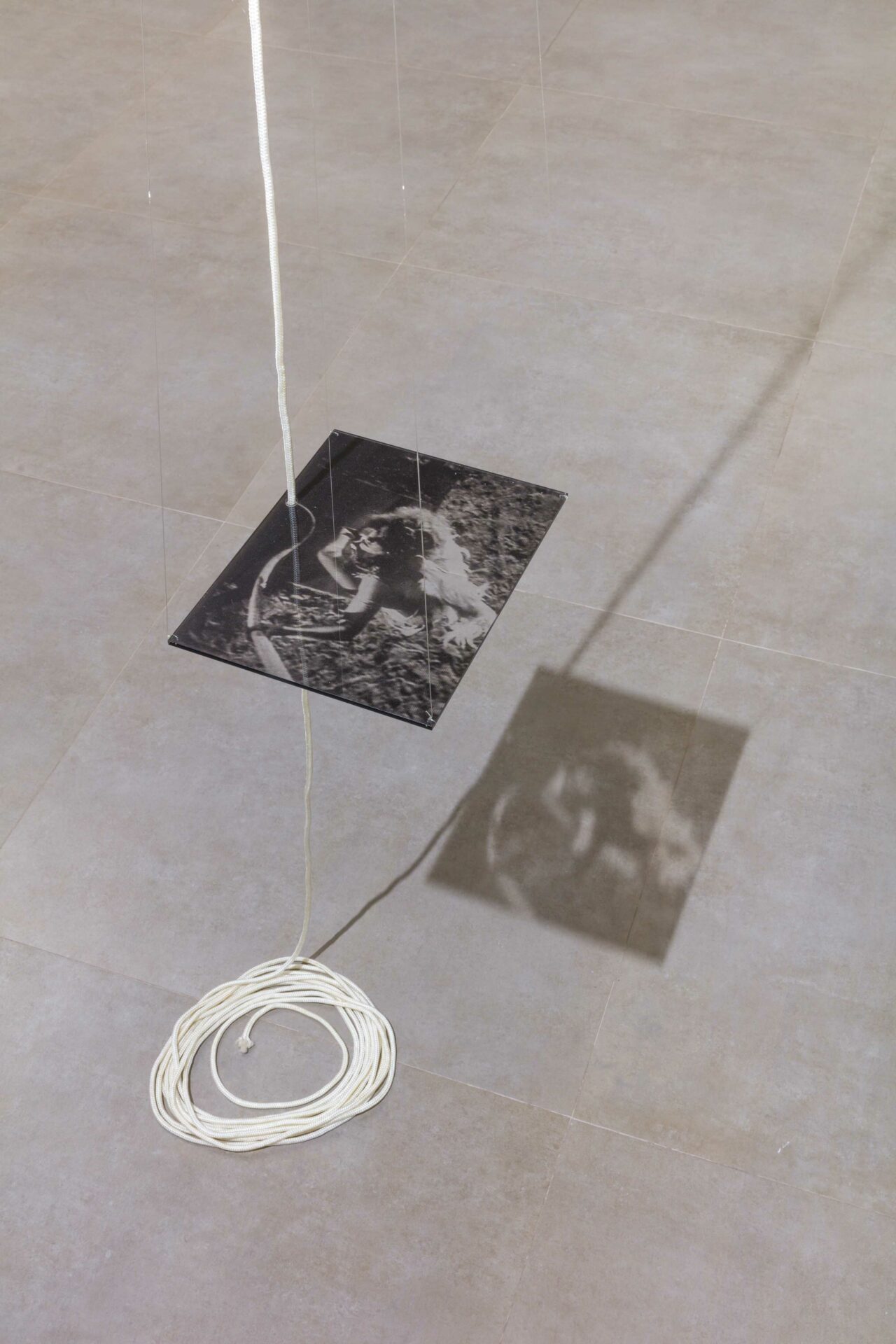
A Trapezista
, 2010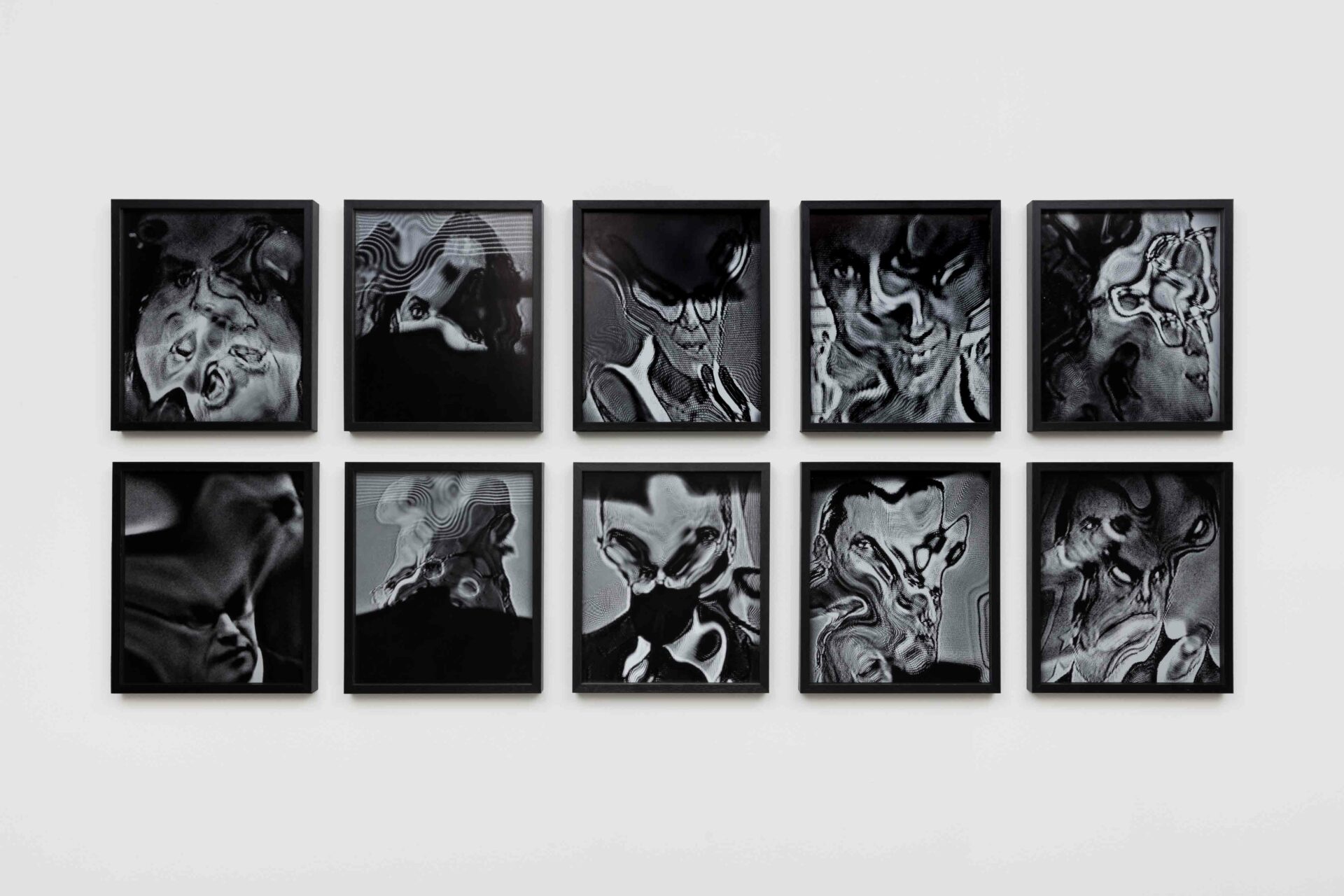
Horário Eleitoral – Políptico de 10
, 2021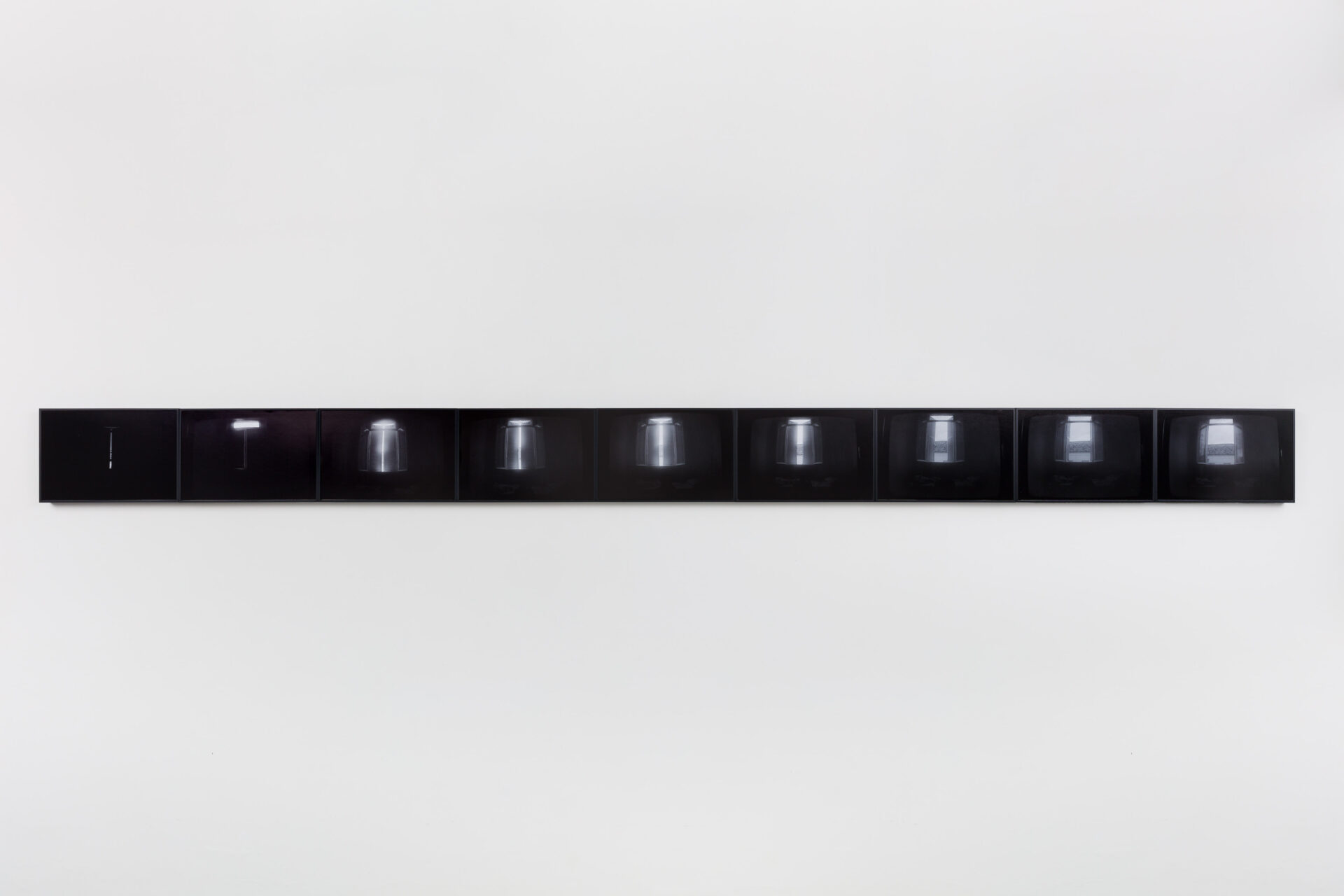
NA TV | Fuit hic, 1947 – 1993

BANG
, 2012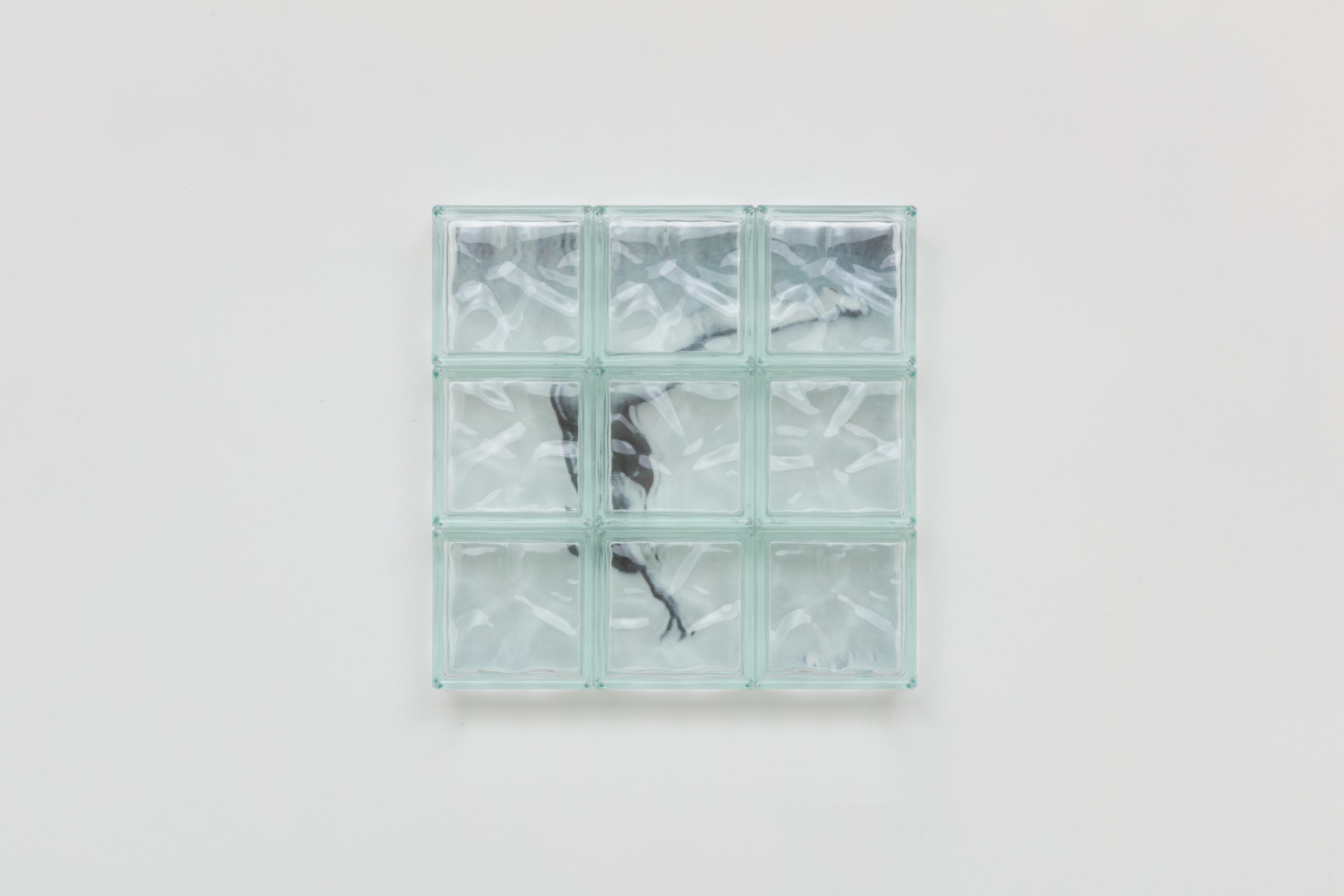
Mergulho Na Imagem #2 – M
, 2009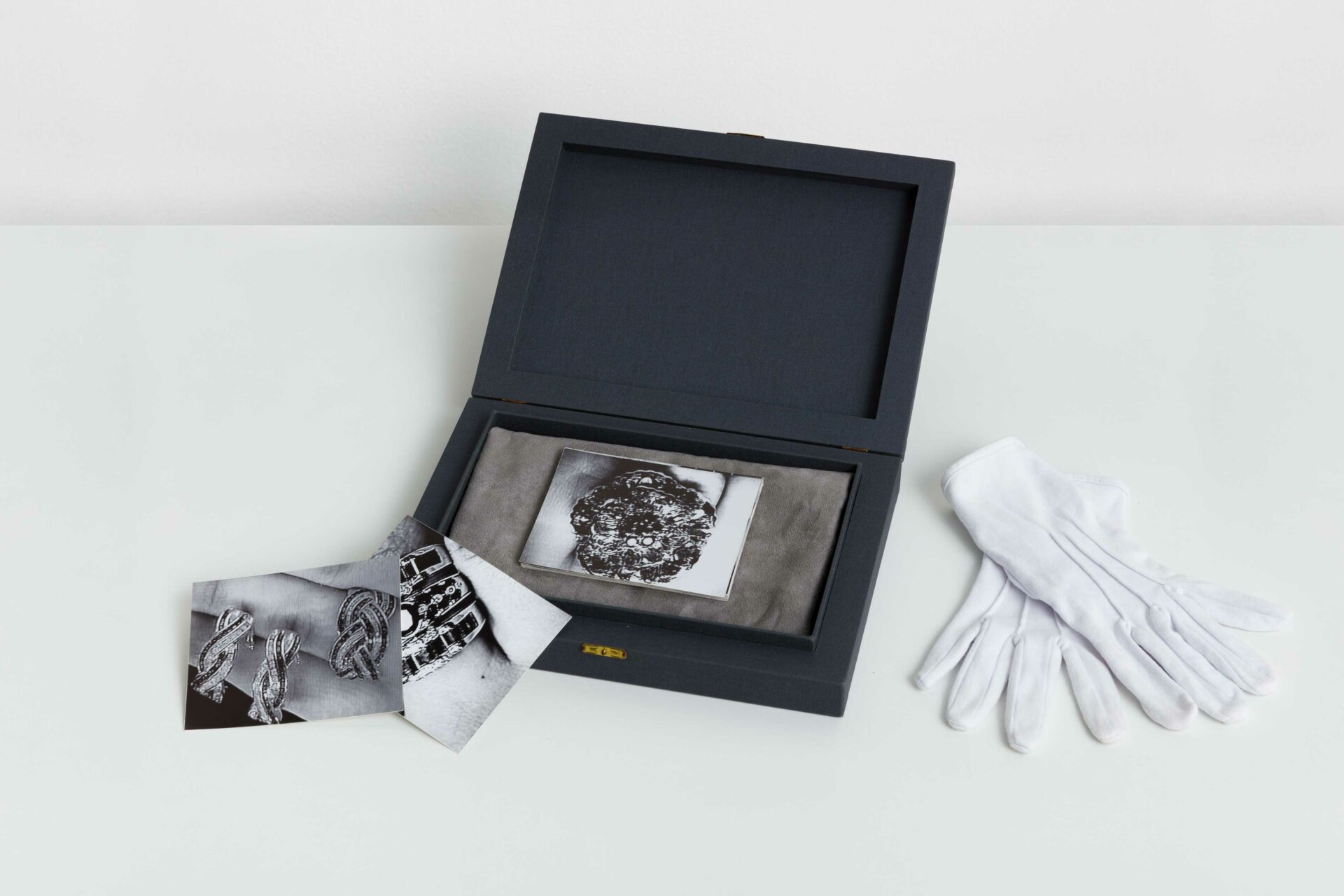
Mil e Uma Noites
, 2005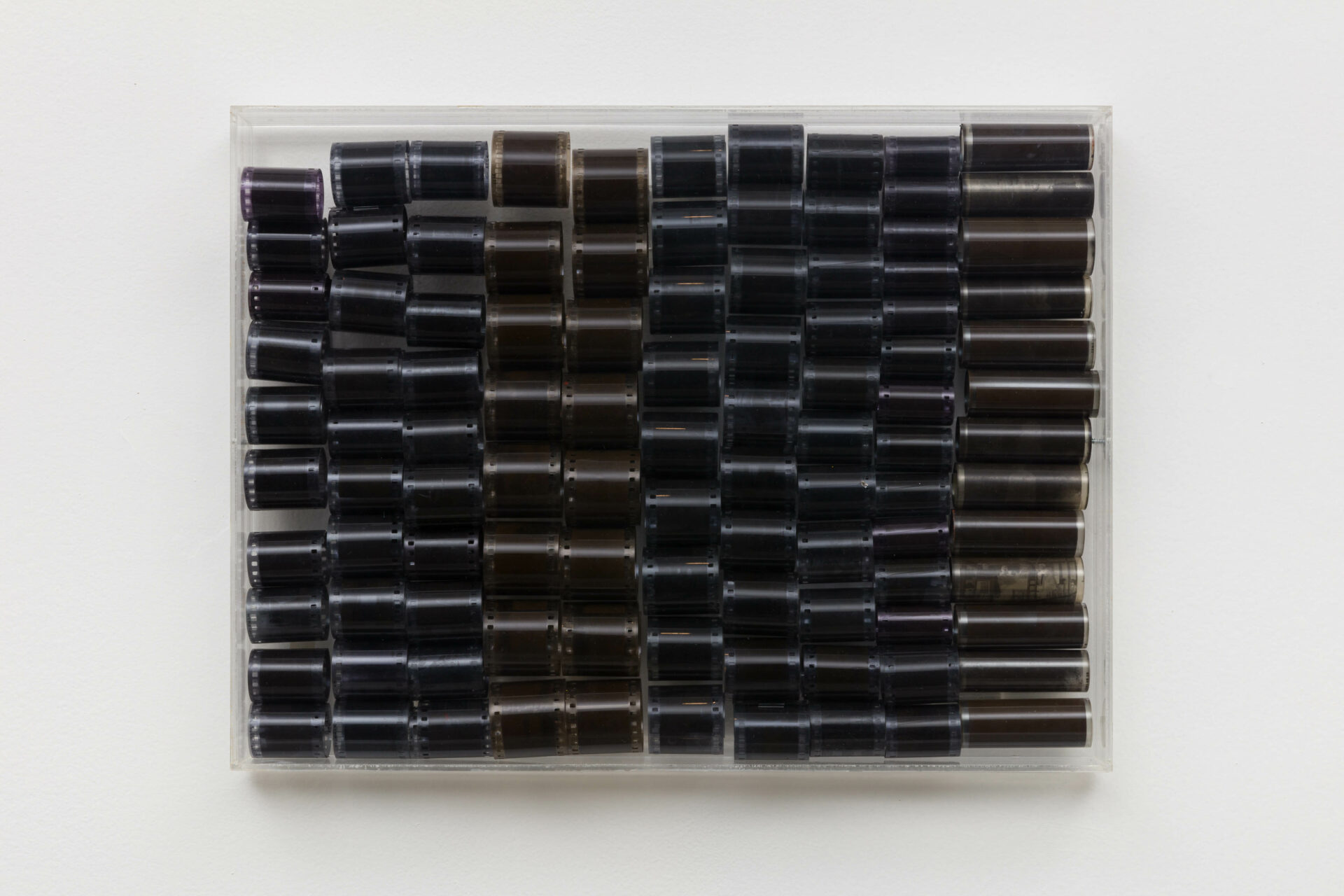
Notas de Viagem (Líbano, 1966)
, 2006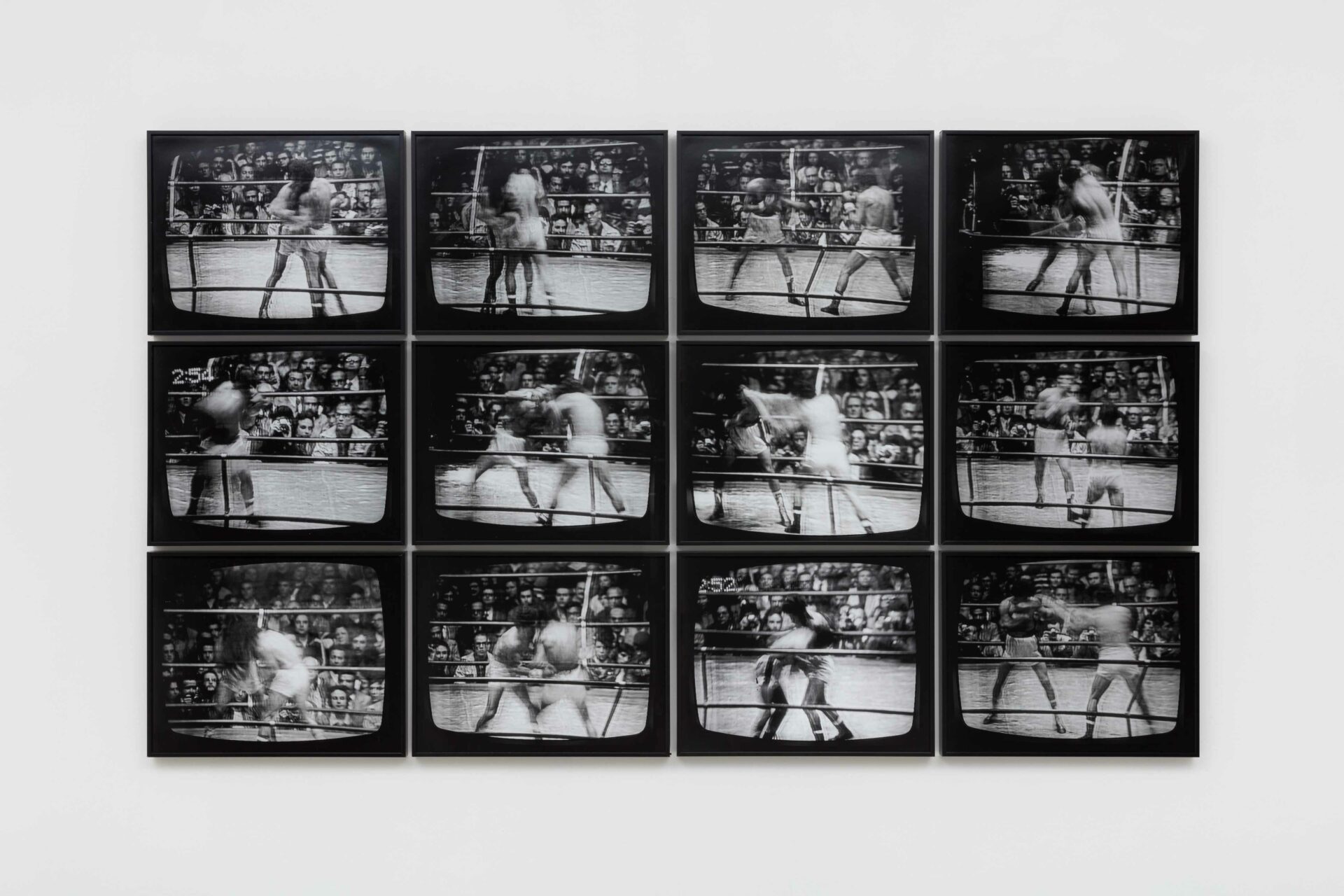
Série na TV, “Boxe na TV” – políptico de 12
, 1975Ana Vitória Mussi
Santa Catarina, 1943, Brasil.
Artist-photographer, so named by critic and curator Paulo Herkenhoff, Ana Vitória Mussi is responsible for a vast production that integrates photography, moving image, objects and installations. Between 1968-1973, she studied art with Ivan Serpa and photography with Kaulino and Ricardo Holanda, at Senac, Rio de Janeiro. From 1979 to 1989, she worked as a photojournalist. Her work, often associated with a subtle poetics of resistance, offers, through artistic language, a field for social criticism, mainly in relation to the ambiguity raised by media images. During the military dictatorship in Brazil, for example, she carried out research with newspapers of the time (Jornais series, 1970), attributing visibility to censorship, in addition to having used television programming itself (NA TV series!, 1975-1996) as a means of expression. After this period, he studied serigraphy with Dionísio Del Santo and Evany Cardoso at EAV/Parque Lage, between 1989 and 1990, and produced the Impressões [1992 – 1997] series, until he started using his own negatives as support (Negatives series [1974 – 2006] ]). Ana Vitória Mussi has participated in several exhibitions, individual and collective, in Brazil and abroad.
Football – Polyptych of 06
, 2008Ana Vitória Mussi
Warnings
, 1970Ana Vitória Mussi
Morto Anônimo
, 1970Ana Vitória Mussi
Mobilização
, 1970Ana Vitória Mussi
Barbárie versus contatos I
, 1990Ana Vitória Mussi
Barbárie versus contatos II
, 1990Ana Vitória Mussi
Atalhos e Desvios
, 2011Ana Vitória Mussi
A Trapezista
, 2010Ana Vitória Mussi
Horário Eleitoral – Políptico de 10
, 2021Ana Vitória Mussi
NA TV | Fuit hic, 1947 – 1993
Ana Vitória Mussi
BANG
, 2012Ana Vitória Mussi
Mergulho Na Imagem #2 – M
, 2009Ana Vitória Mussi
Mil e Uma Noites
, 2005Ana Vitória Mussi
Notas de Viagem (Líbano, 1966)
, 2006Ana Vitória Mussi
Série na TV, “Boxe na TV” – políptico de 12
, 1975Ana Vitória Mussi


